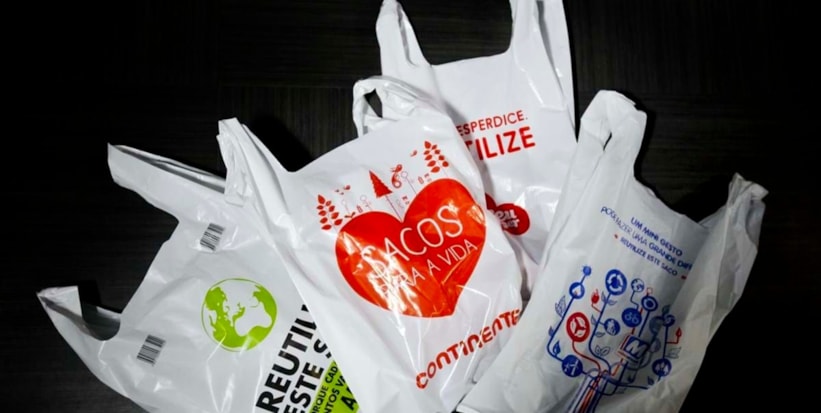News

- Notícia
Environmentally friendly shopping bag? Deco Proteste recommends
Is a cloth bag more environmentally friendly than a plastic bag? It depends on how often you use it, says Deco Proteste.
Source: Environmentally friendly shopping bags? Deco Proteste recommends (dinheirovivo.pt)